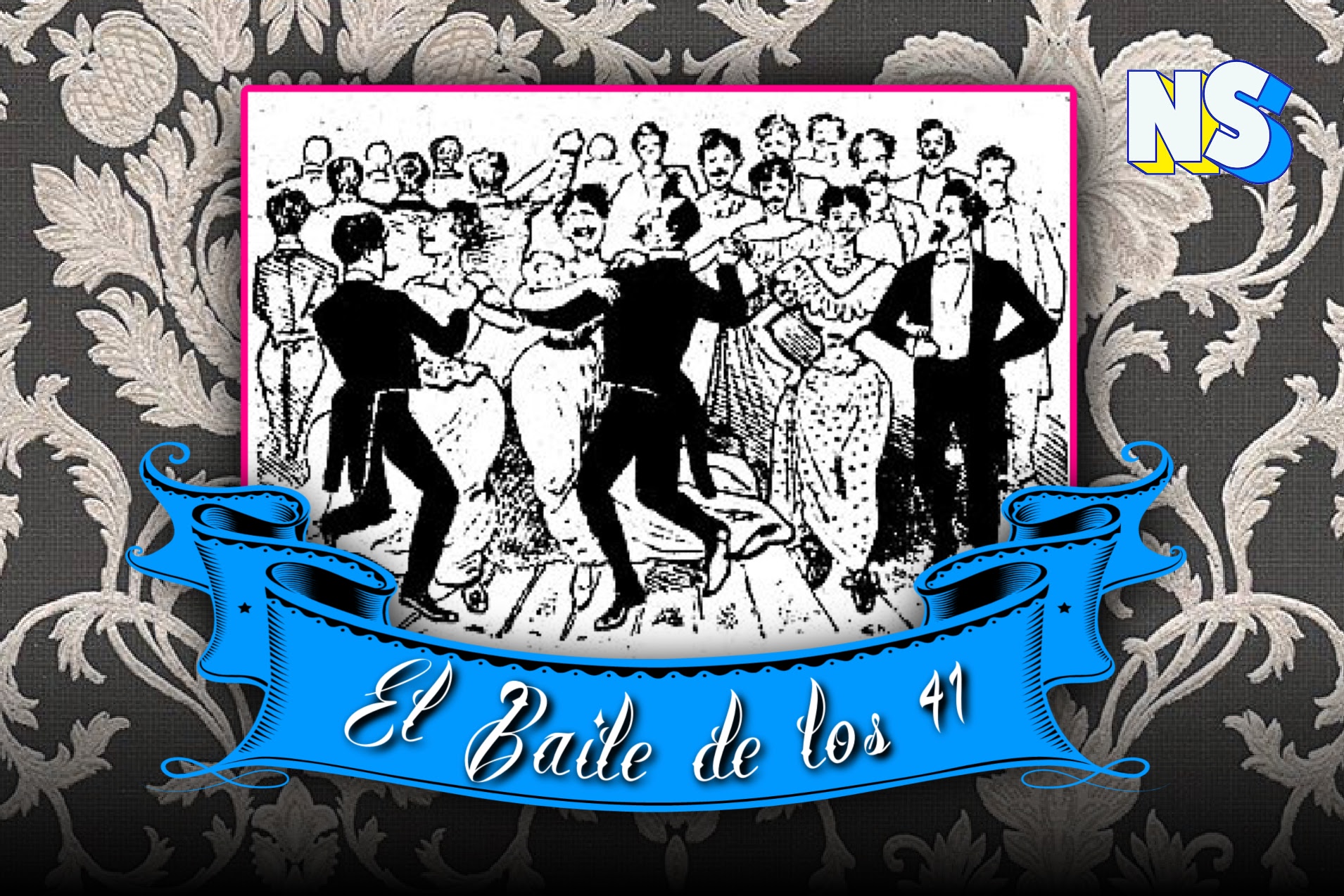Image courtesy of Nuestro Stories.
The significance of numbers to communicate has been present in our daily lives for years. For example, telling someone you had the “411” meant you had relevant information or the truth, while saying “five-oh” — a slang term coined by a popular television show – meant that cops were nearby.
Unfortunately, numbers are also used to discriminate against others, as was the case with 41 in the Spanish-speaking community, particularly in Mexico.
As Alberto B. Mendoza, Managing Director for the JSK Journalism Fellowships at Stanford University and founder of Honor 41, explained to Nuestro Stories, being referred to as “41” was synonymous with the Spanish gay slur “maricón.”
It took him 28 years to learn how “41” demeaned his identity; the number haunted him throughout his teenage years. But, thanks to Honor 41, “we can focus on the positive contributions we make,” Mendoza said.
The great raid
Launched online in 2013, Honor 41 is a national nonprofit organization that celebrates the oral histories of the Latinx LGBTQ community.
The scandal associated with 41 originated in Mexico City after a party, or what today would be known as a drag ball, on November 17th, 1901.
When the police raided the ball, they were met with a spectacular sight: 41 men dancing together at a private house party. Half of the men were dressed in beautiful gowns and fine jewelry. It was an event that captured the nuances of sexuality and gender and went far beyond social class.
After the raid, the punishment was swift and cruel.
Some participants had to sweep the streets in delicate dresses; others were sent to Yucatan to aid Mexican soldiers fighting with Mayan communities.
Allegedly, there were 42 men at the dance. However, the speculation is (although never proven) that the 42nd man was Ignacio de la Torre y Mier, the son-in-law of Mexico’s then-President Porfirio Díaz. Rumor has it that his powerful connections spared him.
Honor 41, another way to take pride back
The “Baile de Los 41” — as it is also known — is perhaps one of the first reported incidents of homosexuality – and it began the vilification of the community, which has lasted for generations.
Decades later, many people still avoided the number 41 like the plague. The number was absent in addresses, birthdays, hotel rooms, etc. It was not direct homophobia but was just as hurtful. Honor 41 aims to erase the stigma of 41.
Honor 41 plans to move away from the negative connotation of 41 by reclaiming the number as an LGBTQ+ Latino label, educating others about the infamous Baile De Los 41, and sharing coming out stories to help the new generation by providing positive role models.
By doing this, the future generations can also give their parents a resource they can use to learn more about how to support their LGBTQ+ children.
“We are rarely covered in a positive way, white mainstream media doesn’t recognize us, Spanish language (media) doesn’t usually cover us and gay mainstream media sexualizes us or cover us when there’s a scandal,” Mendoza explained.
“We are tired of waiting for our stories to be told and tired of seeing Latinx LGBTQ+ teens be kicked out or even resort to suicide because they feel so alone,” he said. “We celebrate those individuals making a difference in our community.”
For Mendoza, change begins by transforming stereotypes into archetypes. Honor 41 has been celebrating role models within the community through videos and interviews every year for the past nine years.
“We hope that by sharing our voices and stories, we can be a light during a dark time, especially when they begin to question their sexuality and the coming out process,” he said.





